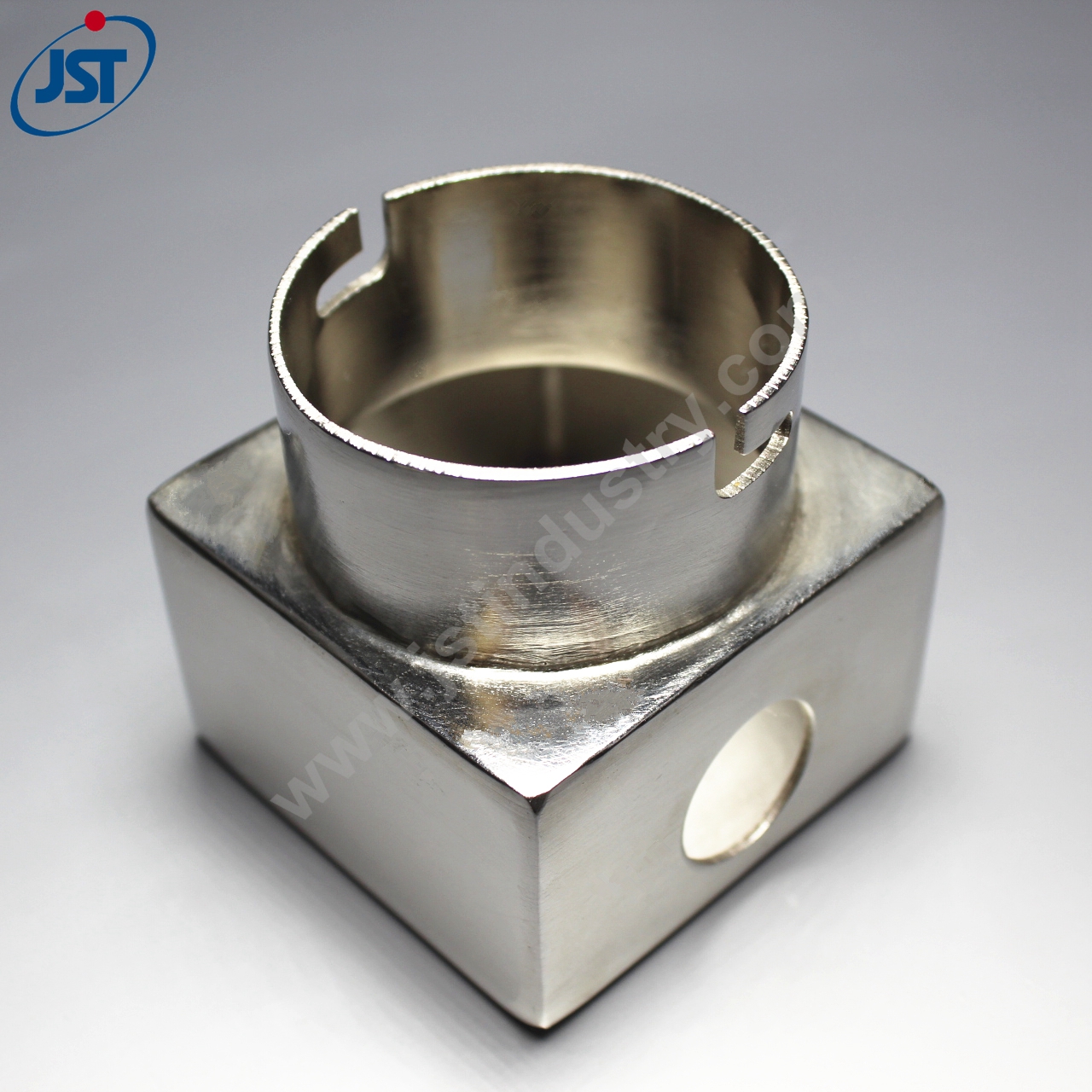In modern manufacturing, sheet metal production is ubiquitous, covering a wide range of industries from automotive to aviation to electronic equipment. As an important structural material, the sheet metal part has become a core component of many manufacturing projects with its excellent strength, corrosion resistance, and flexible processing performance. From body frames and chassis to precision components, the quality and production efficiency of sheet metal parts directly affects the performance and cost of the final product.
This article aims to explore the production methods and technologies of sheet metal parts, analyze traditional and modern production processes, and the latest trends in process optimization and innovation, so as to provide a comprehensive reference for manufacturers.
I. Traditional methods for sheet metal parts production
In the production of sheet metal parts, traditional methods still occupy an important position. These methods usually include the following:
1. Shearing process
Shearing is the most used technology in traditional metal processing. It mainly adopts a shearing machine in the process of cutting the metal sheet into the required size and shape metal sheet. The method is very simple and effective, and suitable for occasions of large-scale production.
2. Stamping process
The stamping process involves the use of dies to punch, form, and bend sheet metal parts. This process allows the metal sheets that are being processed to be repeatable and consistent for mass production; however, the equipment investment is pretty high.
3. Welding and assembly
Traditional welding technology fixes multiple metal sheets into a whole, usually by arc welding, laser welding, and other methods. The welded products can be further treated according to needs to ensure the reliability of the structure.
Although traditional methods have their advantages in cost and time, these methods are gradually facing many challenges with the change in market demand.
II. Modern methods for sheet metal production
Modern manufacturing has introduced a series of advanced technologies and methods for sheet metal production. These methods include:

1. Laser cutting
Laser-cutting technology is highly favored in sheet metal parts production. By cutting metal with a precise laser beam, high-precision and complex shapes can be processed. Laser cutting not only improves production efficiency but also reduces material waste, which meets the environmental protection requirements of modern manufacturing.
2. Water jet cutting
Water jet cutting technology employs high-pressure water flow for the cutting of metal and is meant for metals of different thicknesses and types. The advantage of this method is that it does not produce any heat-affected one on the material, hence avoiding deformation or thermal damage that may be caused by traditional cutting.
3. CNC machining
Modern CNC or computer numerical control provides better flexibility and automation for producing parts with sheet metal parts. CNC machine tools can control cutting, engraving, and forming through programming, meet customized needs, generate custom sheet metal parts, and respond quickly to market changes.
III. Process optimization and innovation of sheet metal parts production
With the continuous development of science and technology, the production process of sheet metal parts is also constantly optimized and innovated. It is mainly reflected in the following aspects:
1. Progress in materials science
The research and development of new metal materials have brought more options for the production of sheet metal parts. The application of new materials such as lightweight alloys and high-strength steel enables the final product to achieve a better balance between strength and weight.
2. Automation and intelligence
The concept of intelligent manufacturing has gradually penetrated the production of sheet metal parts. By introducing the Internet of Things, artificial intelligence, and big data analysis, manufacturers can monitor the production process in real time, improve production efficiency, and optimize resource allocation.
3. Continuous process improvement
Manufacturers continuously evaluate and improve the production process, reduce production costs and time, and improve the overall quality of products through management concepts such as Six Sigma and lean production.
IV. Conclusion
In a nutshell, sheet metal parts production plays an indispensable role in modern manufacturing. From the transition of traditional production methods to modern technologies, continuous process optimization, and innovation, manufacturers are able to improve not only production efficiency but also meet diversified market needs. By applying modern processes such as laser cutting, water jet cutting, and computer numerical control machining, manufacturing practices in vehicles, electronics, and other fields have been significantly upgraded.
The contribution and process of sheet metal manufacturing will enable more opportunities, together with the continuously improved technologies to meet challenges arising in the future. Secondly, companies will have to constantly be sensitive enough to the shifts in market demands and actively implement different ways of changing the production strategy with greater consciousness for efficiency, eco-friendliness, and smartness for the processing methods of sheet metals in a global environment of competition.

